The eleed ejournal has been evaluated online for a period of three months after the first two issues have been published. 101 of the offered questionnaires have been answered completely during this period. This corresponds to a return ratio of approximately 4%, if the number of participants is compared to the number of independent visitors (corresponding to readers) of about 3000 per month on average during the mentioned three months period. The analysis results presented below can thus be regarded as representative.
It turned out that the cooperation of eleed with the internationally operating CampusSource network has been an advantage: One third of the respondents (32%) said that they have become aware of eleed by the CampusSource newsletter. Moreover, 23% have been referred to eleed by links on other pages and 20% by search engines (see Figure 1). This shows a good linkage of eleed to thematically similar pages.

Figure 1 - How readers became aware of eleed
eleed has been started and introduced as a scientific journal. The corresponding group has been reached very well: 80% of the participants said that they belong to the academic staff of a university, are students, or are researchers from industry or public research institutions (fig. 2). The readers’ predominant origin (56%) is Germany, which is surely due to the high number of German articles (fig. 3). Current access statistics, however, show that the percentage of non-German readers has increased a lot. Table 1 compares the access rates by country during the evaluation period (February 2006) to the current number of accesses (November 2006). Thus, Fig. 2 and 3 only show snapshots during the evaluation time. A reason for the increase of non-German readers may be the inclusion of eleed in databases and the increasing number of references to eleed articles in non-German publications. This is also reflected by the access rates observed after the evaluation.
|
Country |
Accesses in February 2006 |
Accesses in November 2006 |
|
USA |
22837 |
46291 |
|
Germany |
23934 |
18618 |
|
Great Britain |
3297 |
7595 |
|
Others |
27947 |
33845 |
Table 1 - Access statistics for eleed’s web pages for selected countries
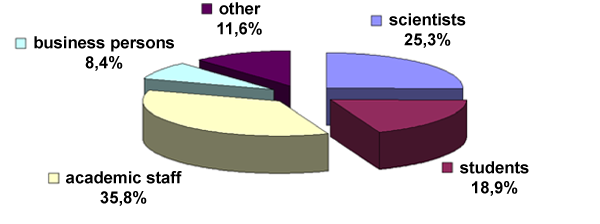
Figure 2 - Readers’ affiliations
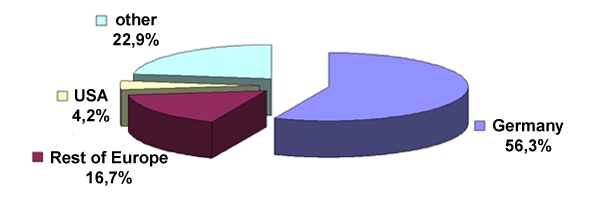
Figure 3 - Origin of eleed’s readership
The submissions themselves are grouped into three categories: First, scientific contributions, which are reviewed at least by two, on average by three independent international referees. The second category is for studies and project reports, which are not reviewed scientifically but are selected and revised by the editors in cooperation with the authors. Book reviews and the presentation of current literature complement each issue. The average grades for the quality of all articles range between 2.12 and 2.34 (where 1 stands for ”very good” and 6 for ”bad”), where the scientific articles are graded best (fig. 4). This is highly important, because eleed has been introduced as a scientific journal and had to establish itself at a high national and international standard. The evaluation clearly shows that the primary goal of providing high quality articles to scientifically working readers has been achieved. Remarkable, however, is a discrepancy between the rating given by German and non-German readers: Non-German readers generally rate the articles better than the German ones.
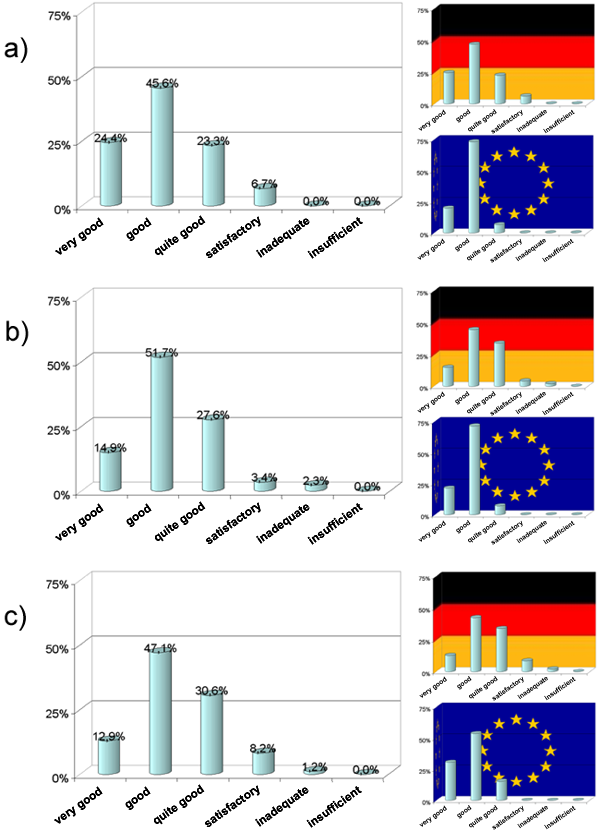
Figure 4 - Evaluation of the articles’ quality
a) scientific (reviewed) contributions, b) project reports, c) book reviews
The design of the journal has been rated between 2.09 and 2.53 (figures 5, 6, 7, 8, and 9). After the first two issues, first conclusions based on the feedback can be drawn how the organization and design of the journal can be improved. Particularly interesting is the evaluation of the overall concept in fig. 7: Here, two thirds of the readers (68%) give the ratings ”very good” or ”good”. There are no significant differences in the ratings between German and non-German readers.
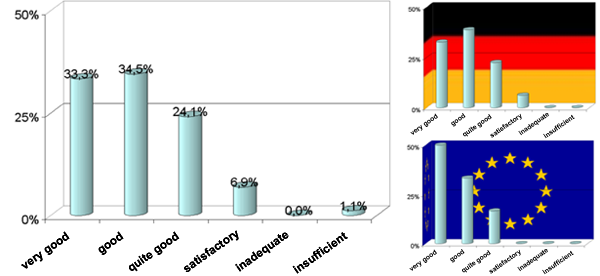
Figure 5 - Rating of the web page download speed (average grade: 2.09)
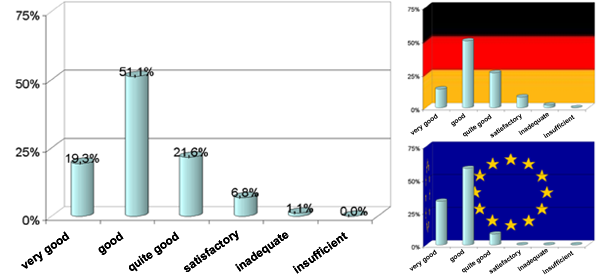
Figure 6 - Choice of topics (average grade: 2.19)

Figure 7 - Overall concept of eleed (average grade: 2.16)
Likewise interesting is the readers’ evaluation of the amount of multimedia content shown in fig. 9. Although only two issues of eleed have been published at the time of the evaluation and eleed has just been started, on average the readers are of the opinion that the articles have a little bit too many multimedia elements. This is even more amazing since due to eleed’s short existence, much of the multimedia content possible has not been embedded in the contributions. Obviously the readers are still used to traditional publication forms (text and illustrations).
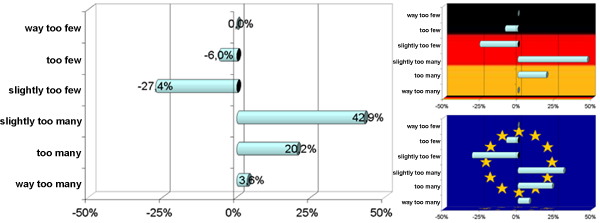
Figure 8 - Satisfaction with the number of articles per issue
(average: slightly too many)
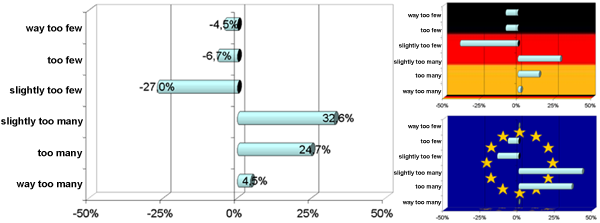
Figure 9 - Satisfaction with the amount of multimedia elements
(average: slightly too many)
It is also striking that 59% of the respondents read no other e-learning journal (Figure 10). Taking into account that 80% of the readers have a scientific background (see above), a strong position for eleed in the market of scientific e-learning journals may be assumed. This is even more important as eleed has only existed for a few issues. Together with the fact that two thirds of the readers rate eleed between ”very good” and ”good”, the journal can have very positive expectations for the future.
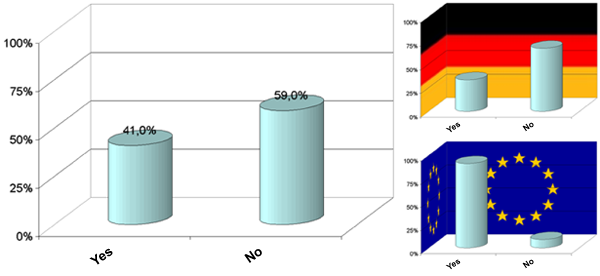
Figure 10 - Answers to the question whether further e-learning journals are read
It has to be emphasized that over 93% of the respondents consider open access journals to make sense (Figure 11). However, only one third is willing to contribute financially to cover the costs as an author (Figure 12). This result makes it quite difficult to find a suitable business model for the journal to break even after the funding period ended.
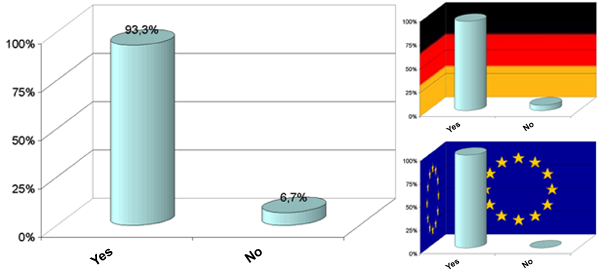
Figure 11 - Answers to the question ”Do open access journals make sense?”
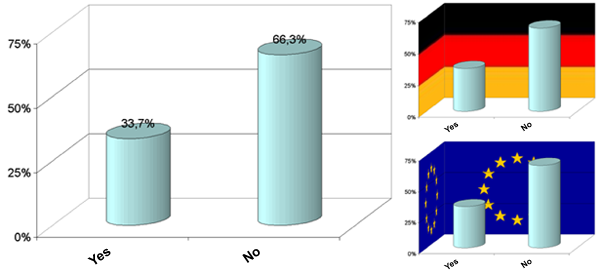
Figure 12 - Willingness of authors to pay a financial contribution to the cost recovery
Conclusion
The open access journal eleed has achieved a very good position on the market of scientific journals in a short time. The concept, the design, and the content of eleed were evaluated extremely positively for a newly introduced journal. The embedding into the international CampusSource network has contributed to its success by acquiring submissions and renowned reviewers. The rising number of particularly non-German readers and authors shows that eleed has gained a high international visibility. The most impressive result of the evaluation is that well over 90% of the respondents think that open access publications are useful.